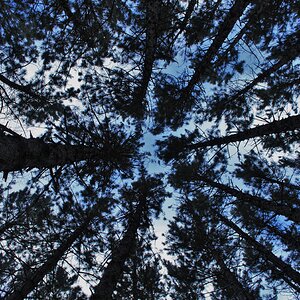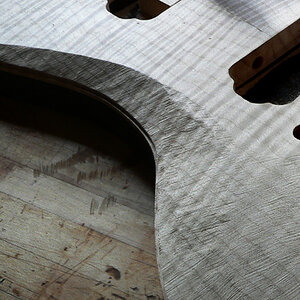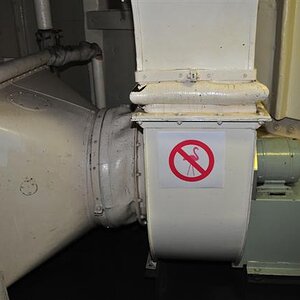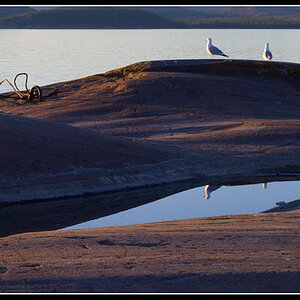rmh159
TPF Noob!
- Joined
- Jun 13, 2006
- Messages
- 1,028
- Reaction score
- 0
- Location
- Milwaukee, WI
- Can others edit my Photos
- Photos NOT OK to edit
Any advice on getting a graduated ND filter? I started looking through them on Adorama.com and was surprised by the selection. Particularly the "light grey ND" and "dark grey ND". I would assume the light grey doesn't block as much light as the dark grey but not sure how much would "enough" for a typical landscape / sunset shot.
Also since a sunset shot would most likely include the sun in frame would the coating of the filter be more important than a filter that's typically not used with the sun in frame (in terms of preventing flare)?
Any advice or specifics that I should consider?
Also since a sunset shot would most likely include the sun in frame would the coating of the filter be more important than a filter that's typically not used with the sun in frame (in terms of preventing flare)?
Any advice or specifics that I should consider?







![[No title]](/data/xfmg/thumbnail/33/33906-2f9b24e4b1e1be07f68257916df0f2b3.jpg?1619736208)
![[No title]](/data/xfmg/thumbnail/32/32929-22e23acc63d6ecb25e5ee941be87121f.jpg?1619735758)




